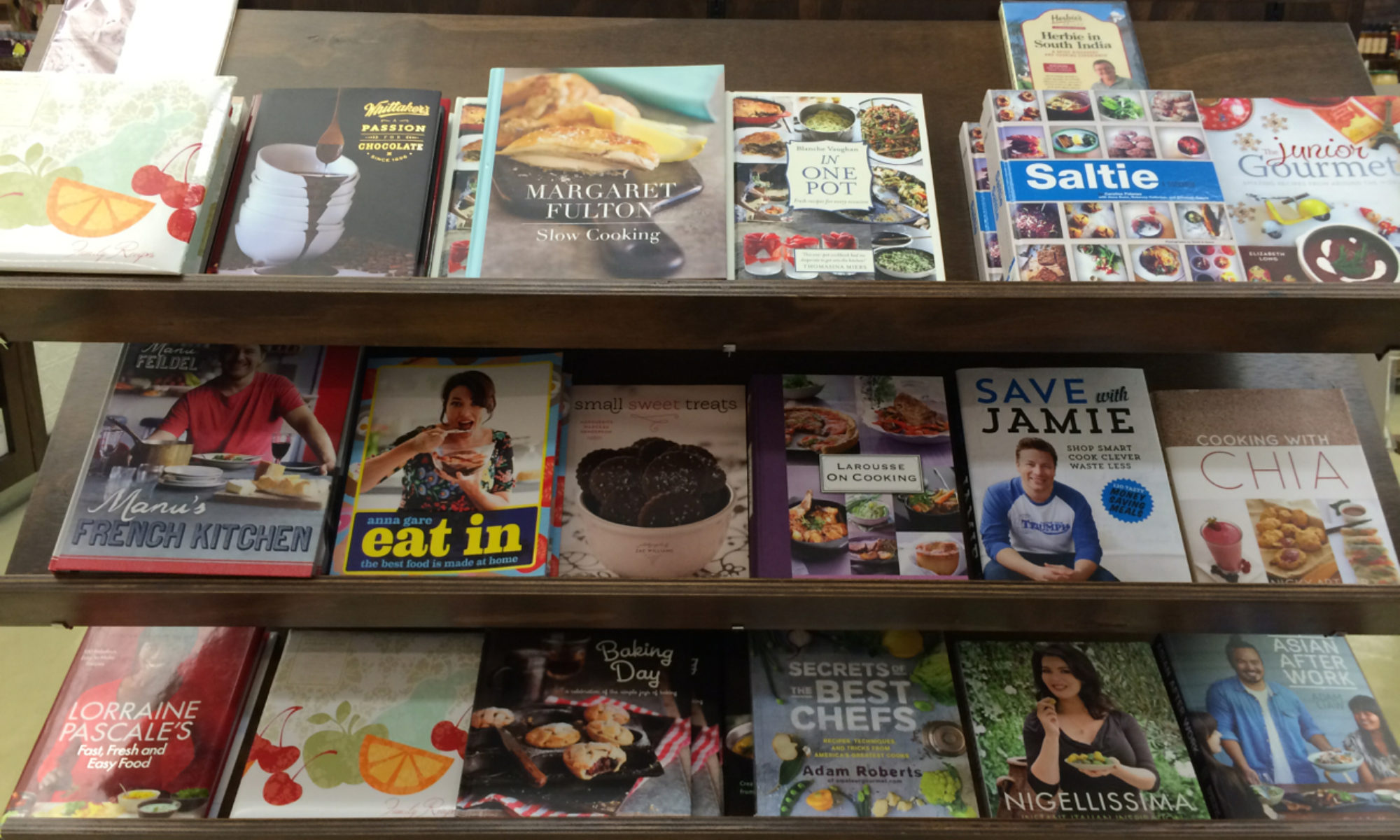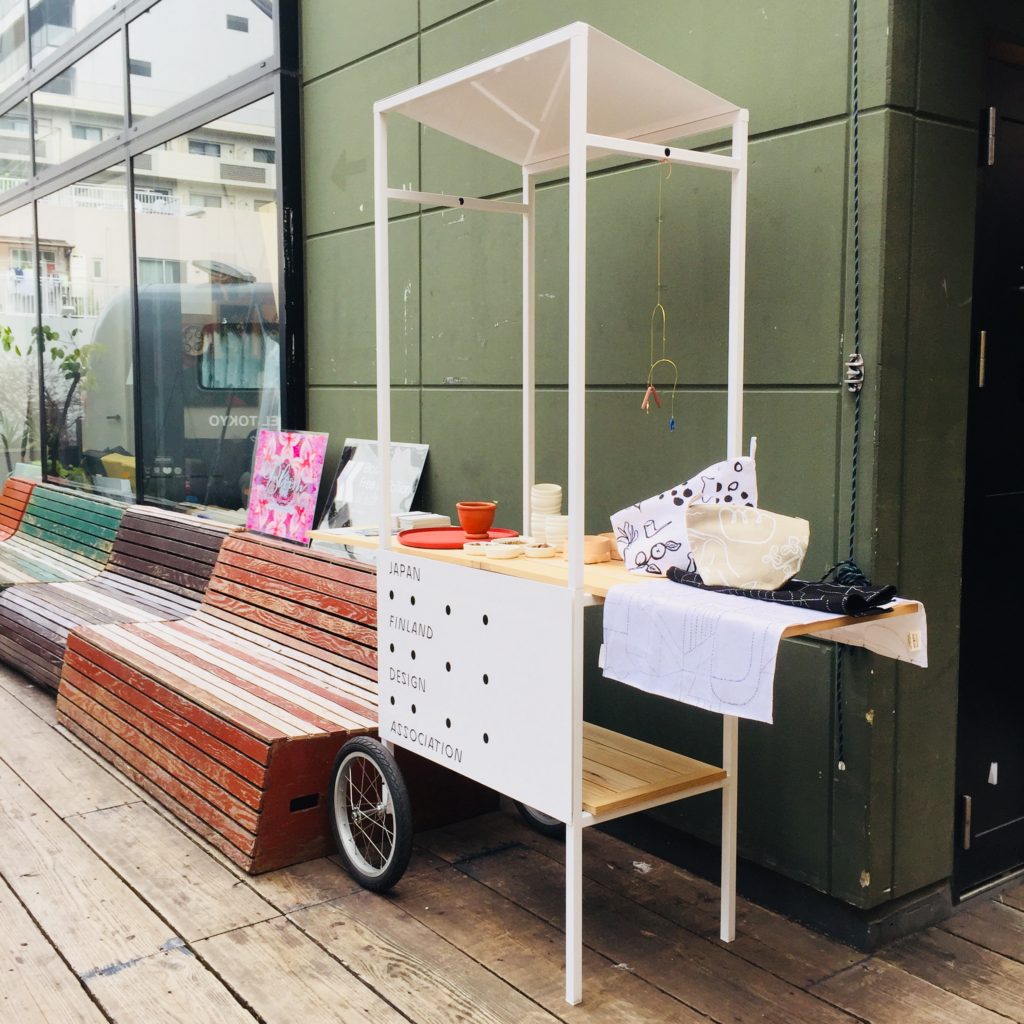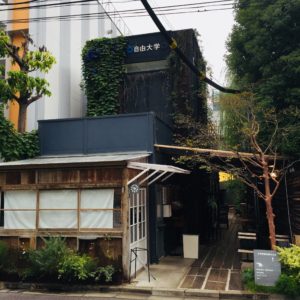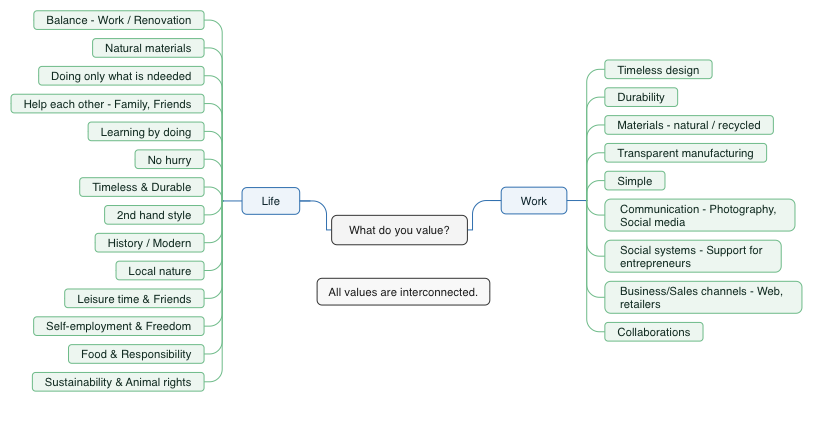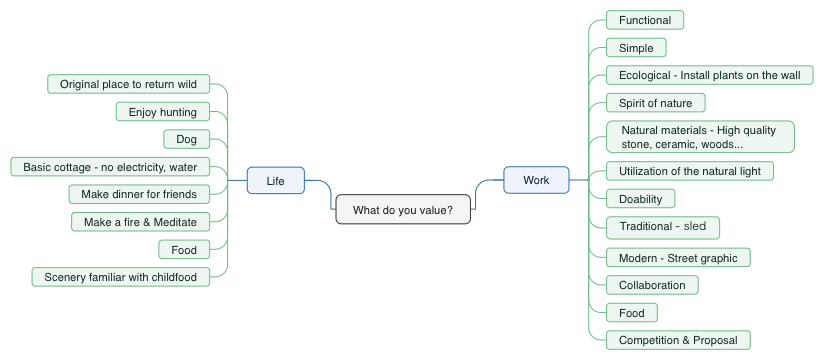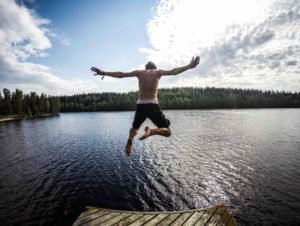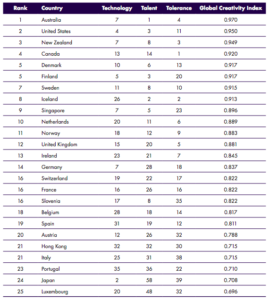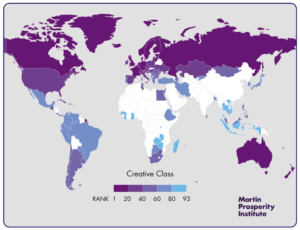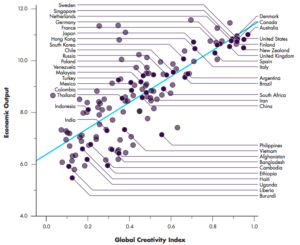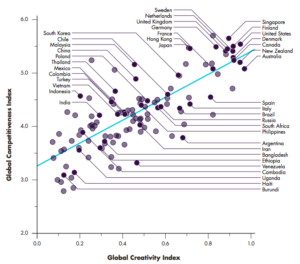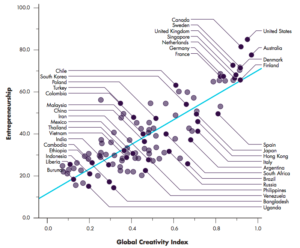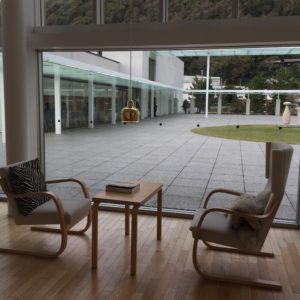
I visited The Museum of Modern Art, Hayama to see Alvar Aalto Exhibitions on Friday. Alvar Aalto (1898-1976) was a leading Finnish architect of the twentieth century. This exhibition is planned by Vitra Design Museum and Alvar Aalto Museum and touring the world.
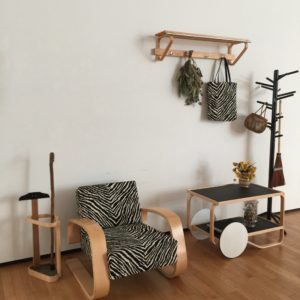
We are able to see both detailed drafts and artful works. He utilized natural materials and light for his architectures. Functional, standardized and flexible works such as apartment house and mass-oriented products were introduced as well. A film about transition of Finnish history and industry were screened in one corner.
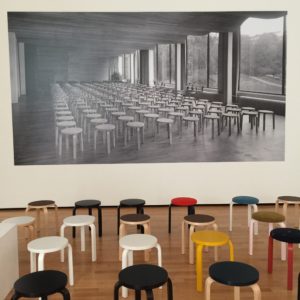
In this exhibition, I had two discoveries. The first one was a method of softly bending solid wood trees. Stool 60 was made by innovative way to bent L shaped leg and patented in 1933. Here is the video.
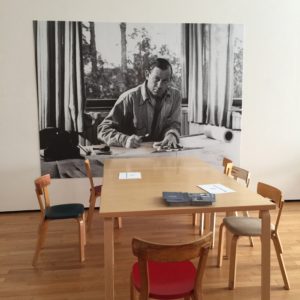
The second one was his initiative itself. When I saw the manifest of Artek, my heart was extremely moved. Artek was a company founded in Helsinki in 1935 by four young idealists: Alvar and Aino Aalto, Maire Gullichsen, and Nils-Gustav Hahl. The name Artek is a synthesis of “art” and ‘technology’ – concepts central to the international modernist movement that came to prominence in the 1920s. Their goal of Artek was “to sell furniture and to promote a modern culture of living by exhibitions and other educational means”(Artek web site) . Here is the manifest, scroll down the web page and we can select manifest. This was a conceptual diagram of the company that art, design, and propaganda were closely connected, aiming for global activities while collaborating with some organizations. I could not believe that was conceived in 1935.
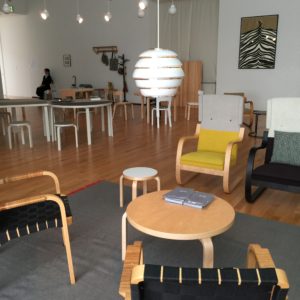
Hayama is a peaceful place I can return myself. This day I had a day-off and thought about myself in front of the sea. “Life is like a box of chocolates. You never know what you’re gonna get until you open it up.” This is the quote from 1994 film Forrest Gump. I am excited about the future I do not know what will happen. It was mild cloudy and sometimes the sun was peeping at her face.
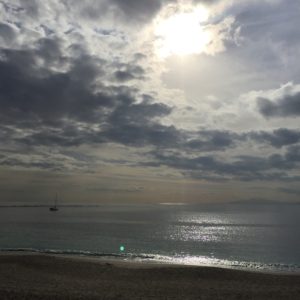
Photography: invisible-hand
References
- Alvar Aalto Museum. (2018). Retrieved from https://www.alvaraalto.fi/en/location/alvar-aalto-museum/
- Artek website. (2018). Retrieved from https://www.artek.fi/en/company/about
- Design boom website. (2018). artek: the making of the patented L-shaped stool 60 by alvar aalto. Retrieved from https://www.designboom.com/design/artek-vitra-the-making-of-the-patented-l-shaped-stool-60-by-alvar-aalto-01-31-2014/
- The Museum of Modern Art, Kamakura & Hayama. (2018). Alva Aalto – Second Nature. Retrieved from http://www.moma.pref.kanagawa.jp/en/exhibition/2018_aalto-1
- Vitra Design Museum. (2018). Retrieved from https://www.design-museum.de/en/information.html
